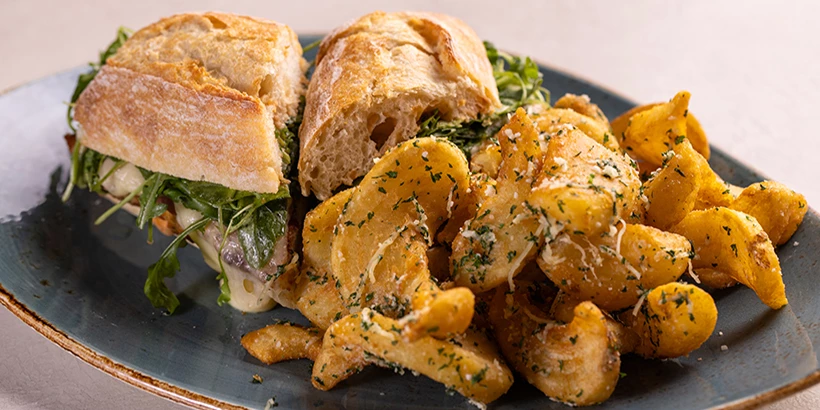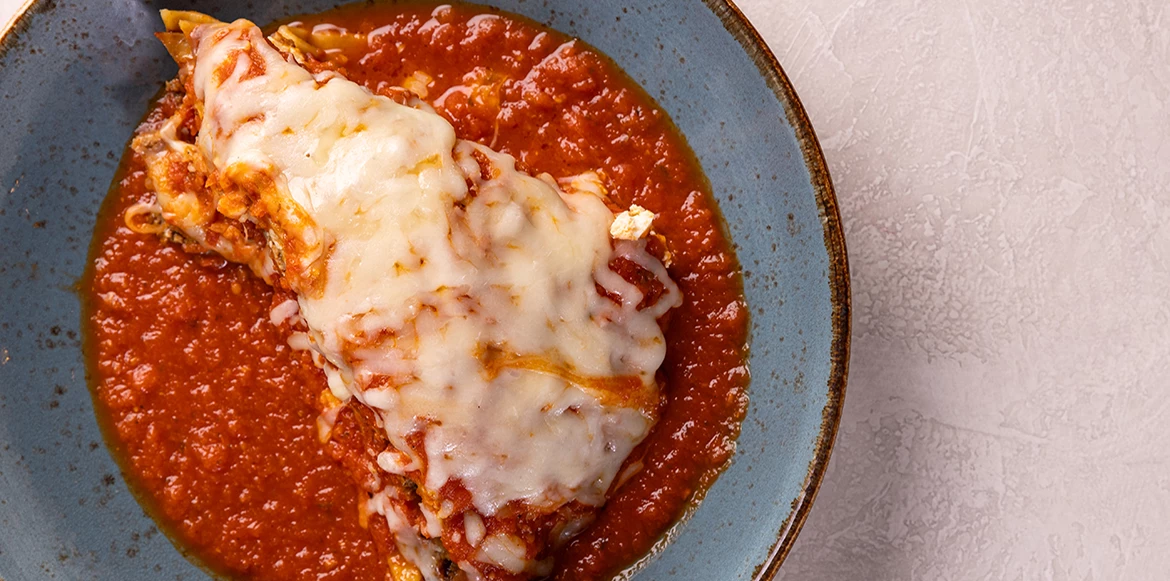Dining & Bars




At Toscana, you’ll experience delicious authentic Italian cuisine in harmony with a warm & friendly atmosphere.
Our menu features the classics you love along with options to craft your own artisan pizzas and pasta dishes. We invite you to gather with your family & friends over food with rich flavors for an unforgettable meal!
WHILE OUR NEIGHBORS ARE GETTING A FRESH NEW LOOK, WE'RE SERVING A LIMITED TIME MENU WITH MANY OF OUR MOST POPULAR ITEMS!
The culinary journey of Roman pizza has been centuries long, beginning with the introduction of a flatbread known as “plakous,” by the ancient Greeks to the peoples on the Italian peninsula. The main ingredients of these flatbreads: wheat flour, water, olive oil, herbs & cheese, were quickly adapted by the Romans who added their own unique touches. The ancient Romans, renowned for agricultural innovations, developed a new type of wheat flour, known as “farina.” This flour was finely milled resulting in a lighter and more refined dough. This dough innovation along with the added olive oil produced a tender crust bursting with flavor.
In ancient Rome, pizza dishes were referred to as “focus,” a name derived from the Latin word for “hearth” or “fireplace.” These focaccia-like breads were topped with simple ingredients including garlic, herbs, cheese and fish and were baked in communal ovens throughout the city. During this period, pizza became a culinary staple throughout Rome, enjoyed by both the upper and lower classes. It’s simplicity and affordability made it a popular street food for hungry Romans on the go. Pizza became a symbol for unity & community as Roman citizens would gather around the communal ovens or “fornices” to eat a slice and share the stories of the day.
As the Roman Empire spread, so too did the love and popularity of its pizza dough. Flatbreads were introduced across the regions of Europe. Over time local civilizations began putting their own cultural spin on the delicacy, which resulted in a wide variety of diverse pizza dishes, many of which we enjoy today. The timeless flavor of Roman pizza dough is a testament to the ingenuity, community and influence of the ancient Roman civilization.
@senecaresortscasinos Pizza magic at Toscana Grill 🍕 featuring our Roman style pizzas: Classic Margherita + Molta Carne. #senecaresortcasino #senecaallegany #senecacasinos #restaurant #italianfood #pizza ♬ Hypnotize (Instrumental) [2014 Remaster] - The Notorious B.I.G.

Lasagna

Cannoli Dip

Join Social Club by Seneca and win player points for your table game play, so take a seat and have fun!